By Daniel Dunaief

We take so much of our life for granted. In some ways, it’s natural and necessary. After all, if we got up and stared out our window and marveled at the combination of sun and shade on the branches rocking in the wind, bent down to admire the dew clinging to the grass and breathed deeply of the newly blossoming trees every morning, we might never get our kids to school and ourselves to work.
And yet, all the news about the spread of this new virus and the ensuing reaction to protect the population — from closing schools to avoiding subways to staying away from large crowds — gives us an opportunity to appreciate the things, people and sensory experiences we take for granted.
No one will miss the scent of urine wafting up through the subways during a hot summer day when switching problems make everyone stand four, five and six deep on the platform, waiting for the next overcrowded and overheated subway car to arrive.
Still, we may miss so many other sensory, social and everyday experiences if and when we have to lock ourselves in our homes, waiting for the “all clear” sign.
So, what are some of those experiences? It depends on whom you ask and what time of year the question arises.
I appreciate the joy of people watching. After living in Manhattan for decades, I’ve learned to swing my eyes across the street inconspicuously, while I seemed lost in thought or even pretended to be on an invisible phone. Times Square, with its superabundant tourists speaking uncountable languages, wearing unrecognizable colognes and walking in all manner of shoes, is a great place to start.
But then, the line for the Statue of Liberty and Ellis Island offers a similar variety of people from all over the world. Instead of billboards of half-naked and incredibly tone and muscular bodies advertising Broadway shows and underwear, the backdrop for the people watching at the ferry lines includes the unpredictable waves of the Hudson River, which has its own personality, ranging from near stillness to foaming white caps.
Closer to home and nearer to summer, West Meadow Beach blends the natural with the call of the seagulls across the enormous intertidal zone and the salty, wind-carried scent; and the anthropogenic with the plaintive cry of babies overheated by the hot sun, the sound of music vibrating from sound systems and the sight of happy teenagers taking their first lick of their soft-serve ice cream cones.
I enjoy watching the end of a hard-fought tennis match, when two or four people come to the net and exchange pleasant handshakes and share thoughts about a good match or a good game.
The crowds at sporting events, many of whom we might not choose from a potential lineup of friends, become a part of memorable games and evenings, as we exchange high fives with inebriated strangers, share insights about what we would do if we were the manager of the team, or congratulate the parent of one of the players on our daughter’s team for the improvement in her game.
Despite the fact that I tend to avoid a crowded elevator car, an overstuffed subway or even an escalator with too many tired bodies waiting for a machine to bring them to the top, I will miss the chance to share some of these experiences with the random strangers who might become friends, the fellow sports fans who might offer a game-within-a-game entertainment, or the chance encounter with a long-lost friend whose winsome smile is the same as it was decades ago in an eighth-grade math class.




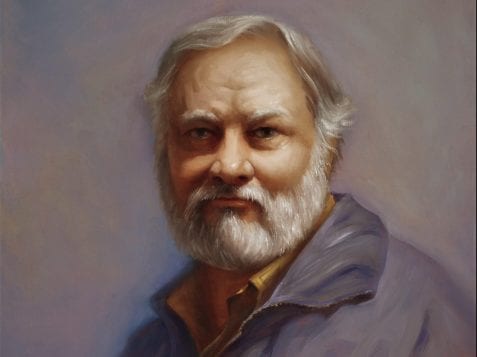



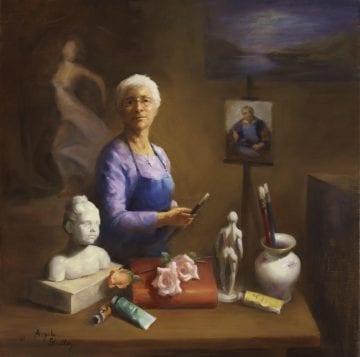

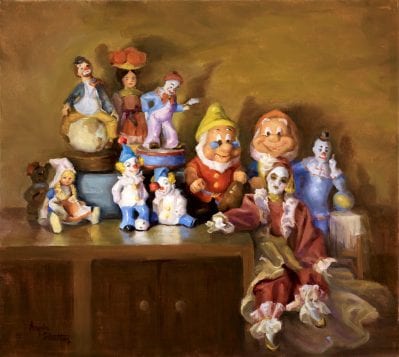



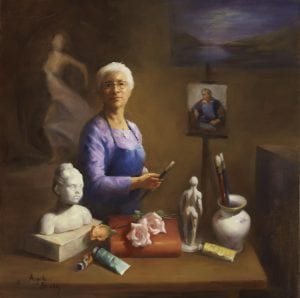
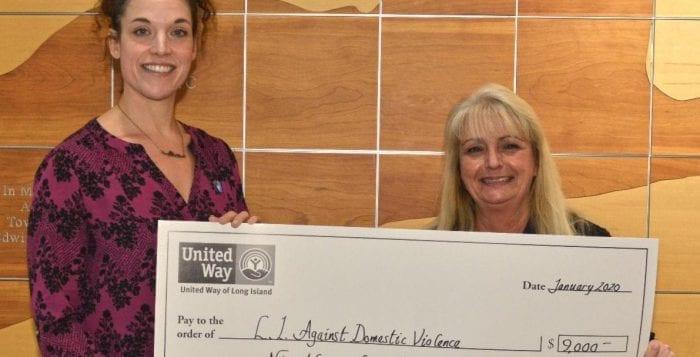

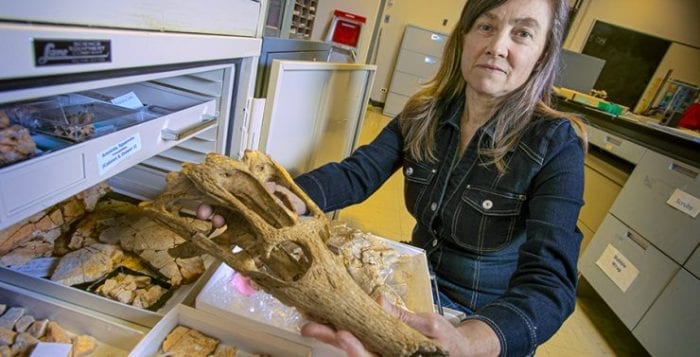
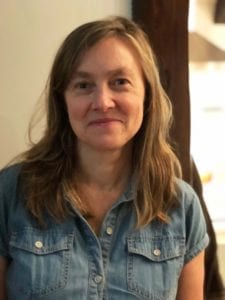
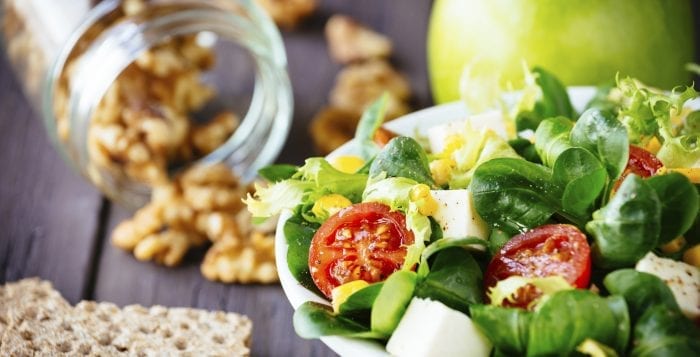

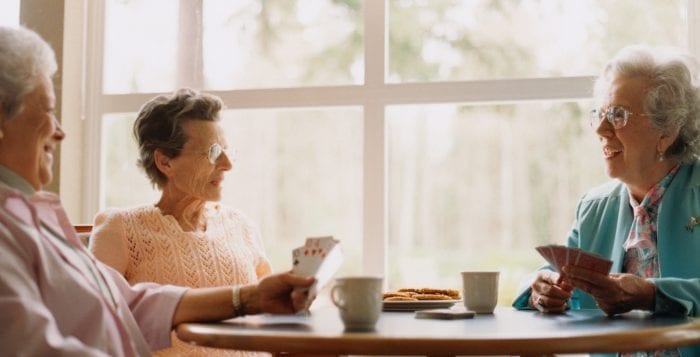


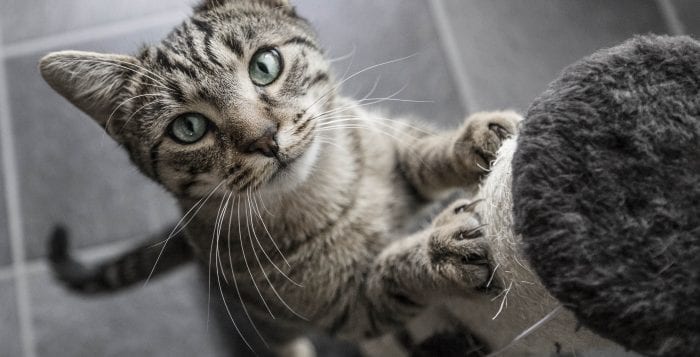

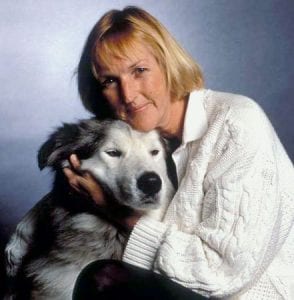
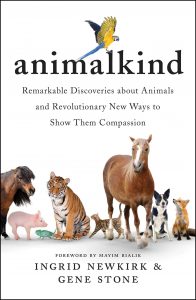 According to their sources, much of the testing on animals is of limited-to-no value given the dissimilarities of humans and animals. In addition, computer simulations are slowly replacing many areas of exploration: “In the future, the math may replace the mouse.” Finally, they encourage people to only use products and brands that are proven to be cruelty-free.
According to their sources, much of the testing on animals is of limited-to-no value given the dissimilarities of humans and animals. In addition, computer simulations are slowly replacing many areas of exploration: “In the future, the math may replace the mouse.” Finally, they encourage people to only use products and brands that are proven to be cruelty-free.


